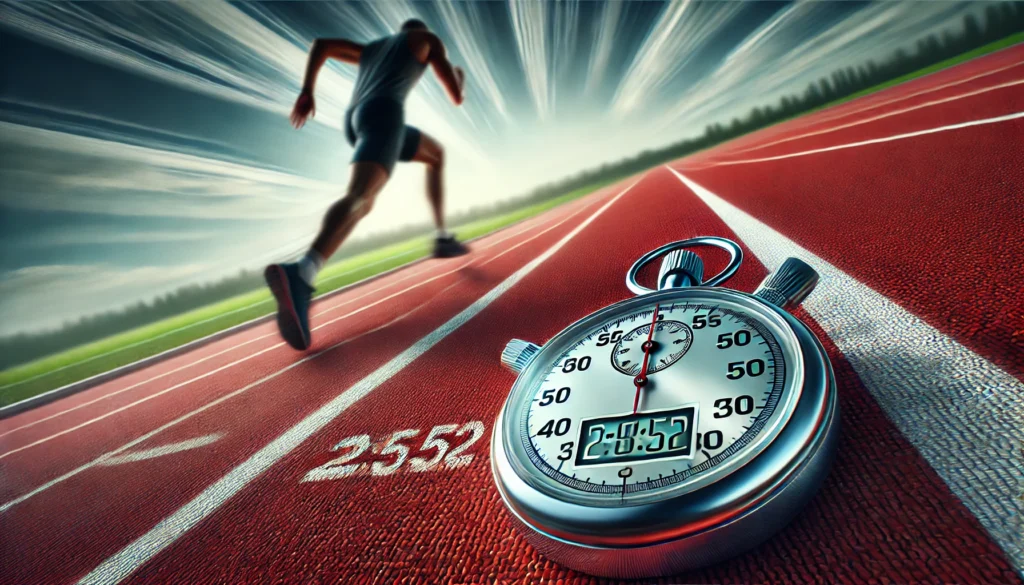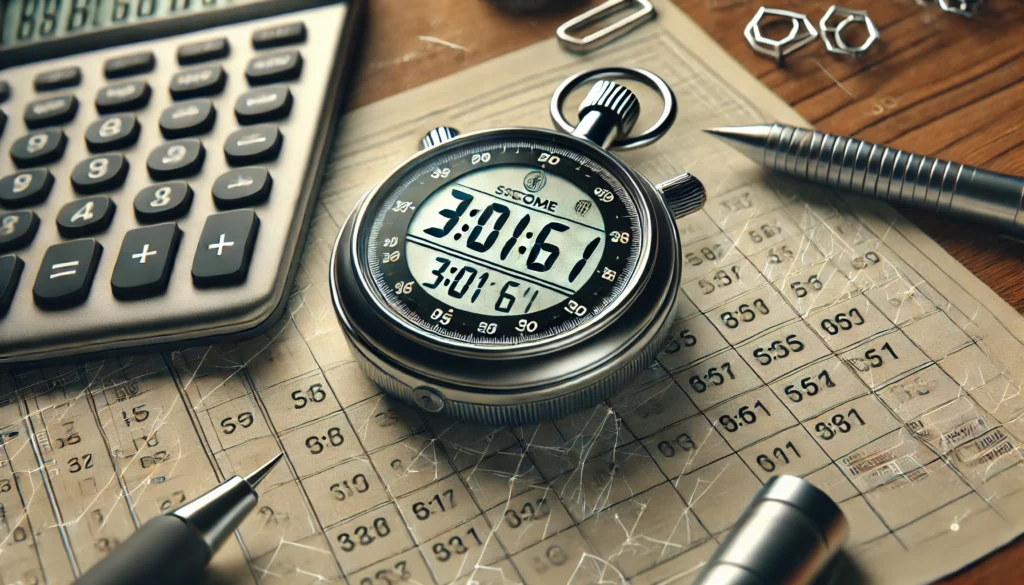
Experience the thrill of precision timekeeping in athletics with this image of a runner crossing the finish line at 2:59:52, symbolizing determination and accuracy in sports
Introduction
Time is one of the most fundamental ways we organize our lives, track progress, and measure success. The specific time frame of “2:59:52 – 3:01:61” has a unique significance in various contexts, particularly athletics, precise timekeeping, and technical disciplines like media editing or scientific research. While the notation “3:01:61” may initially appear confusing, this guide will provide clear explanations, applications, and insights to help you understand and use it effectively. This article delves into every aspect of this time frame, ensuring clarity and practical knowledge while optimizing for search engines.
Deciphering the Time Notation
Understanding Standard Time Formats
Time is typically measured in hours, minutes, and seconds, represented in the HH:MM:SS format. For example, “2:59:52” means 2 hours, 59 minutes, and 52 seconds. This standard format is critical for applications in sports, technology, and everyday life.
Interpreting Non-Standard Time Entries
The notation “3:01:61” is unconventional because seconds typically range from 0 to 59. However, “3:01:61” can be recalculated as “3:02:01” (3 hours, 2 minutes, and 1 second), accounting for the extra 61st second rolling over into the next minute. Understanding such notations is crucial in fields requiring precise time tracking.
Applications in Athletics
Sub-3-Minute Milestones in Running
Athletics often focuses on achieving precise time goals. For instance, middle-distance runners aim to complete mile splits under 3 minutes. The time frame “2:59:52 – 3:01:61” is pivotal in evaluating performance and tracking improvement.
Training for Sub-3-Minute Performance
Elite athletes use targeted training to optimize their pace. Interval training, which involves alternating between high-intensity running and recovery periods, is a common strategy. For example:
- Run 400 meters at a 3-minute-mile pace.
- Rest for 1 minute.
- Repeat for 5-8 intervals.
This approach builds endurance and speed, enabling athletes to aim for split times within the 2:59:52 range.
Role of Time Tracking Tools
Digital tools like smartwatches and specialized apps help athletes monitor split times accurately. Data collected over repeated runs allows for identifying patterns and areas for improvement.
Technical Aspects of Time Measurement
Precision in Competitive Sports
Electronic timing systems ensure accurate measurement down to milliseconds. This precision is essential for record validation in high-stakes competitions like the Olympics.
Time Conversion Table
The following table simplifies conversions to standard formats:
| Time Entry | Standard Format | Explanation |
|---|---|---|
| 3:01:61 | 3:02:01 | 61 seconds = 1 minute, 1 second |
| 2:59:52 | 2:59:52 | Already standard format |
Avoiding Errors in Calculations
Using reliable software or apps ensures accuracy in time conversions. Manual calculations are prone to human error, especially with non-standard formats.

Beyond Athletics: Broader Applications
Media Editing and Synchronization
In media production, precise timing is critical for syncing audio, video, and effects. Editors often work with time codes like “2:59:52” to ensure seamless transitions.
Scientific Research
In experimental setups, precise time intervals are necessary for accurate data collection. Instruments often log time in unconventional formats, requiring researchers to interpret and standardize data.
Common Misinterpretations and Clarifications
Addressing the “3:01:61” Notation
The anomaly of “3:01:61” often arises from manual data entry errors or specific software outputs. Correcting it to “3:02:01” ensures consistency and avoids confusion.
Best Practices for Time Accuracy
- Use tools that adhere to ISO time standards.
- Double-check data for non-standard entries.
- Train team members to recognize and correct such errors.
Practical Tools and Resources
Recommended Time Tracking Apps
- Time Calculator: For accurate conversions.
- Stopwatch+: Ideal for tracking split times in athletics.
- Timecode Sync: Specialized for media editing professionals.
Further Reading
- “The Science of Time Measurement” (Article)
- “Training Beyond Limits” (Athlete Biography)
Frequently Asked Questions (FAQs)
- What is the significance of “3:01:61”?
- It highlights the importance of recalibrating non-standard times to maintain precision.
- How do I convert non-standard time formats?
- Add excess seconds to the next minute using tools or manual calculations.
- Why is precise timing important in sports?
- It ensures fair competition and helps athletes track progress.
- What tools can I use for accurate timing?
- Apps like Time Calculator or advanced GPS-enabled smartwatches.
- Where else is precise timing used?
- Media editing, scientific research, and even astronomy.
Conclusion
The “2:59:52 – 3:01:61” time frame may seem minor, but its implications are vast across various fields. Understanding and interpreting it accurately can improve athletic performance, ensure precise media edits, and enhance data reliability in scientific research. By mastering this guide, you gain not only technical clarity but also a competitive edge in any domain where timing matters.
Other Articles
Yadontube: The Ultimate Guide to the Emerging Video-Sharing Platform
Nadir 200 Millones de Poder en Evony: Guía Completa
Zopalno Number Flight: The Ultimate Guide to Understanding and Using It






